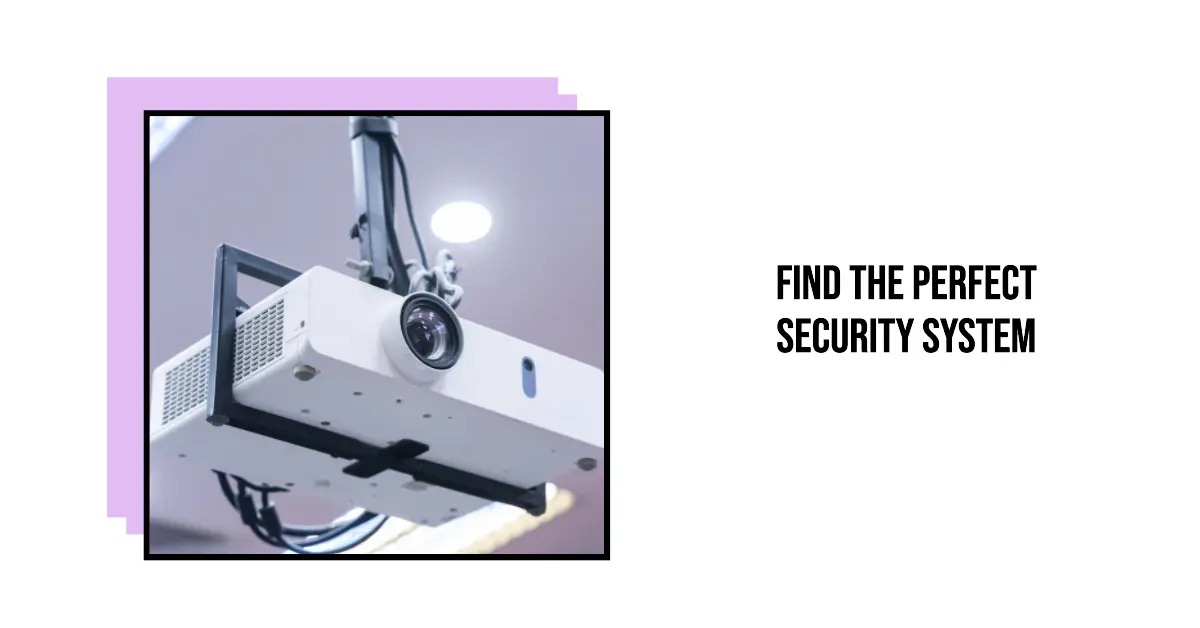In an age where safety is most important, choosing the right security system for one’s property type is paramount. Property types have distinct requirements, and a one-size-fits-all approach can be counterproductive. This guide delves into which security systems best suit various property types.
Find Out Which Safety Measures Are Ideal For Your Home
Single-Family Homes: Comprehensive Coverage
A thorough security system is not only a desirable addition to detached single-family homes but is often an absolute must. Since these houses stand independently, they often have many doors and windows that go to the ground level in addition to their front and rear entrances. As a consequence of this, it is very necessary to build a security system that is equipped with sensors for the doors and windows. Homeowners may benefit from real-time monitoring of their properties by installing motion detectors and exterior surveillance cameras. Motion detectors are particularly useful in remote places since they notify homeowners of unexpected activity. In addition, technological advancements have enabled these security elements to be easily connected with other smart home characteristics, such as automatic lighting or electronic locks. This provides a multi-faceted defensive approach that may be used against prospective invaders.
Apartments and Condos: Compact and Efficient
Residents of apartments or condominiums typically face a unique set of security challenges compared to those in detached homes. With generally fewer entry points, the focus often shifts to monitoring the main entrance and any accessible windows or balconies. Given the proximity to neighbors and higher foot traffic, doorbell or peephole cameras can be particularly useful, allowing residents to vet visitors before granting access. Interior motion sensors can add a layer of protection, alerting occupants to any unexpected movement within their living space. Given the compact nature of many apartments, wireless security systems that require minimal invasive installation are often the preferred choice, allowing residents to maintain the integrity of their walls and spaces.
Business Properties: Advanced and Integrated
Businesses across various sectors, retail, corporate offices, or expansive warehouses, face various security challenges. Not only do they need to ward off potential break-ins from external threats, but they also have to be vigilant about internal thefts or unauthorized personnel accessing restricted areas. Implementing an integrated security approach, which combines surveillance cameras with sophisticated access control systems such as keycards or fingerprint scanners, ensures that only authorized individuals gain entry. Alarms, particularly those triggered during off-hours or in secure zones, add a layer of protection. For many businesses, the capability to monitor their premises in real-time and receive instant alerts about any security breaches is invaluable, ensuring prompt action and minimal disruptions.
Vacation Homes: Remote Monitoring Capabilities
Vacation homes, often situated in remote locations or left unoccupied for extended periods, present unique security challenges. One of the most valuable features of such properties is remote monitoring capabilities. A modern security camera system enables homeowners to keep a vigilant eye on their property from any distance thanks to live feeds accessible via smartphones or computers. This ensures that owners can respond promptly to any security breaches or suspicious activities, even miles away. Thus, for vacation homes, the ability to monitor in real-time becomes not just a luxury but a necessity.
Rural Properties: Extended Perimeter Protection
Properties in remote, rural regions present unique security challenges due to their expansive boundaries and isolated locations. Such vast perimeters can be daunting to monitor effectively. Long-range motion detectors, paired with driveway alarms, offer early detection capabilities, alerting property owners to potential intruders while they are still at a distance. Additionally, surveillance cameras equipped with night vision become indispensable in these areas, ensuring clear visibility even in low-light conditions. By deploying such security measures, homeowners in rural areas can gain a heightened sense of safety, receiving timely warnings should any unauthorized presence be detected on their property.
Conclusion
In the vast landscape of security systems, selecting the right fit for a particular property type can make all the difference in ensuring optimal safety. A downtown apartment’s security needs vastly differ from a sprawling rural residence.
By carefully assessing each property type’s unique vulnerabilities and requirements, homeowners and business proprietors can ensure that they’re adequately protected from a myriad of threats. Equipping oneself with the knowledge of what’s available and aligning it with specific needs will pave the way for a safer, more secure future.
Sources
- GPSS
- SW






